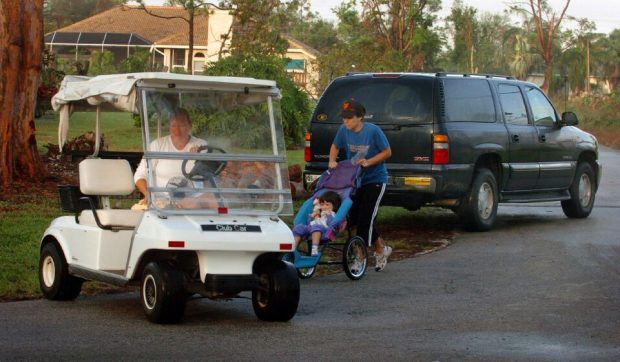Elgin would have to raise water and sewer rates every year for the next 10 years if the city is going to pay for the nearly $1.1 billion in water and sewer improvement projects it needs to do over the next few decades, a new city study says.
To bring in that kind of money, water rates should go up 9.5% in 2025, 9.75% in 2026, 2027, 2028 and 2029, and 8.2% every year from 2030 to 2035, according to a recommendation made produced by Engineering Enterprises Inc. in partnership with Stantec, which does sustainable engineering, architecture, and environmental consulting work.
Additionally, sewer rates should escalate by 4% every year between 2025 and 2035, and connection fees paid by developers to tap into the city’s water and sewer infrastructure should increase by $500, the report said.
Elgin City Council members were briefed on the report’s findings at a meeting last week, and they plan to consider the proposed rate hikes during upcoming 2025 budget discussions.
If approved, a family who uses 6,000 gallons of water every month would see their bill escalate from $73 to $77 starting in 2025. The overall water rate increase would be close to 50% by 2035, although actual dollar amounts for both proposed hikes won’t be disclosed until next week.
Elgin is facing “several unique infrastructure challenges in the near future” that necessitate the discussion of rate increases, Enterprise Engineering’s Jeff Freeman told the council.
The city’s massive list of water projects includes the ongoing replacement of lead service lines, which is projected to cost $179 million when completed in 2035, and the replacement of water mains, which will cost about $710 million when finished in 2050, Freeman said.
There’s also the potential need to replace the water intake system at the Leo Nelson Riverside Water Treatment Plant on the Fox River as well as replacing water wells, at an estimated total pricetag of $220 million, he said.
Beyond that, new regulations for water treatment could cost the city $23 million to implement by 2027 and the ongoing work to separate the sewer and water systems will need $52 million to complete by 2036.
Based on the cash the city currently has or will have in hand, money for the work would be depleted by 2026 without rate increases or some other new revenue source, the report found.
Using the funds coming in from the current water and sewer rates is “truly not a sustainable forecast going forward, obviously, given the amount of expenditures in the system,” said David Hyder, Stanec’s senior principal manager.
The study includes a 30-year financial plan taking in account operating costs, capital costs, debt and reserves, Hyder said. “It gives us a sense of now and in the future what it costs to provide services,” he said.
While council members were mostly mum on the rate proposal, Councilwoman Carol Rauschenberger said the city may not have a lot of options.
“We need to do these repairs. We need to keep our water and waste management up to date,” she said. “It’s better for our community as we go into the future.”
Councilwoman Tish Powell concurred.
“These are huge capital costs … but obviously, they are very important investments,” Powell said. “This is one of our core missions and responsibilities as a local government agency.”
Gloria Casas is a freelance reporter for The Courier-News.




